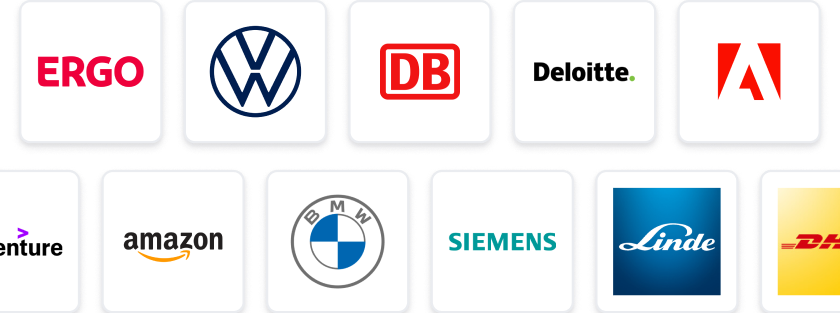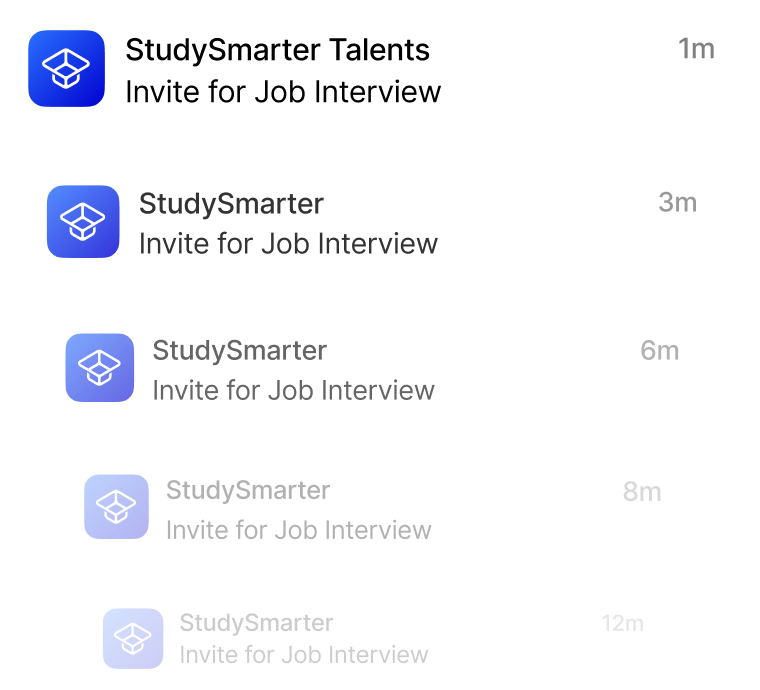At a Glance
- Tasks: Design and develop electronic systems for subsea equipment, collaborating with engineers and conducting tests.
- Company: Join a leading firm in Aberdeen focused on innovative subsea technology solutions.
- Benefits: Enjoy a permanent role with opportunities for professional growth and collaboration.
- Why this job: Be part of exciting projects that impact the subsea industry while working in a dynamic team environment.
- Qualifications: Bachelor's or master's degree in electronic or electrical engineering; experience in design and prototyping required.
- Other info: Ideal for tech-savvy individuals passionate about electronics and innovation.
The predicted salary is between 36000 - 60000 £ per year.
Our client is currently recruiting for an Electronics Design Engineer. Based in Aberdeen, the role will be on a permanent (staff) basis.
ROLE
The primary objective of the Electronics Design Engineer is to design and develop electronic and electrical systems and components for subsea equipment. This role involves creating detailed designs, conducting simulations and tests, and collaborating with other engineers and departments to ensure the successful implementation of projects.
RESPONSIBILITIES
- Design and Development: Create detailed electronic and electrical designs using CAD software, ensuring they meet project specifications and industry standards
- Prototyping and Testing: Develop and test prototypes to validate design concepts and make necessary adjustments
- Collaboration: Work closely with other engineers, technicians, and departments to define and verify requirements to ensure seamless project execution. Collaborating with other electronic design engineers to define system architectures and development best practices.
- Documentation: Prepare technical reports, design specifications, and operational manuals
- Project Management: Manage project timelines, resource
REQUIREMENTS
Competencies
- Technical Expertise: Strong knowledge of electronic and electrical engineering principles and design practices
- Problem-Solving: Excellent problem-solving skills to address design challenges and improve product performance
- Communication: Effective communication skills to collaborate with team members and stakeholders
- Attention to Detail: High attention to detail to ensure accuracy and quality in designs
Essential Skills/Experience
- Experience: Proven experience as an Electronic Design Engineer or similar role, with a strong background in electrical systems and design Demonstratable experience in system interconnects (e.g. RS232, RS485, CAN, USB, SPI, I2C, Ethernet, etc.) Proficiency in PCB soldering and board debug skills.
- Software Proficiency: Proficiency with CAD software such as AutoCAD, Schematic capture and PCB layout packages (Altium Designer preferred)
- Education: Bachelor\’s / master s degree in electronic or electrical engineering or a related field (e.g. Mechatronics)
Preferred Skills/Experience
- Experience: Experience in microcontroller based design practices, particularly ARM Cortex-M devices. – Use of version control packages, e.g. GIT – Experience in motor control and power switching devices, especially at higher voltages (e.g. IGBTs/MOSFETs, silicon carbide devices, gate driver circuits up to 600Vdc/1200Vdc) – Design for LVD/EMC Compliance and familiarity with EMC testing and failure analysis.
- Advanced Certifications: Additional certifications in specialized areas of electrical design
- Industry Knowledge: Familiarity with subsea equipment and related industry standards. Proven experience in design and or operation of ROV systems.
- Project Management: Experience in managing large-scale electrical design projects and liaising with third-party suppliers
#J-18808-Ljbffr
Electronics Design Engineer employer: Cammach Bryant
Contact Detail:
Cammach Bryant Recruiting Team
StudySmarter Expert Advice 🤫
We think this is how you could land Electronics Design Engineer
✨Tip Number 1
Network with professionals in the subsea equipment industry. Attend relevant conferences, workshops, or online webinars to meet potential colleagues and learn about the latest trends in electronics design.
✨Tip Number 2
Showcase your technical skills by working on personal projects or contributing to open-source electronics design projects. This hands-on experience can demonstrate your capabilities and passion for the field.
✨Tip Number 3
Familiarise yourself with the specific CAD software mentioned in the job description, such as Altium Designer. Consider taking online courses or tutorials to enhance your proficiency and make yourself a more attractive candidate.
✨Tip Number 4
Prepare for interviews by brushing up on your problem-solving skills. Be ready to discuss past challenges you've faced in electronics design and how you overcame them, as this will highlight your expertise and adaptability.
We think you need these skills to ace Electronics Design Engineer
Some tips for your application 🫡
Tailor Your CV: Make sure your CV highlights relevant experience and skills that align with the Electronics Design Engineer role. Emphasise your proficiency in CAD software, PCB design, and any specific projects related to subsea equipment.
Craft a Compelling Cover Letter: Write a cover letter that showcases your passion for electronics design and your problem-solving abilities. Mention specific experiences that demonstrate your expertise in electronic systems and collaboration with teams.
Highlight Technical Skills: In your application, clearly list your technical skills, such as knowledge of RS232, USB, and PCB soldering. Include any experience with microcontroller-based designs and project management to stand out.
Showcase Relevant Projects: Include examples of past projects that relate to the job description. Detail your role in these projects, the challenges faced, and how you contributed to successful outcomes, especially in subsea or electrical design contexts.
How to prepare for a job interview at Cammach Bryant
✨Showcase Your Technical Expertise
Be prepared to discuss your knowledge of electronic and electrical engineering principles. Highlight specific projects where you applied these skills, especially in subsea equipment design or similar fields.
✨Demonstrate Problem-Solving Skills
Expect questions that assess your problem-solving abilities. Prepare examples of challenges you've faced in previous roles and how you overcame them, particularly in design and testing phases.
✨Familiarise Yourself with Relevant Software
Since proficiency in CAD software is crucial, ensure you can discuss your experience with tools like AutoCAD and Altium Designer. Be ready to explain how you've used these tools in past projects.
✨Prepare for Collaboration Questions
Collaboration is key in this role. Think of examples where you've worked effectively with other engineers or departments. Be ready to discuss how you defined requirements and ensured project success through teamwork.

